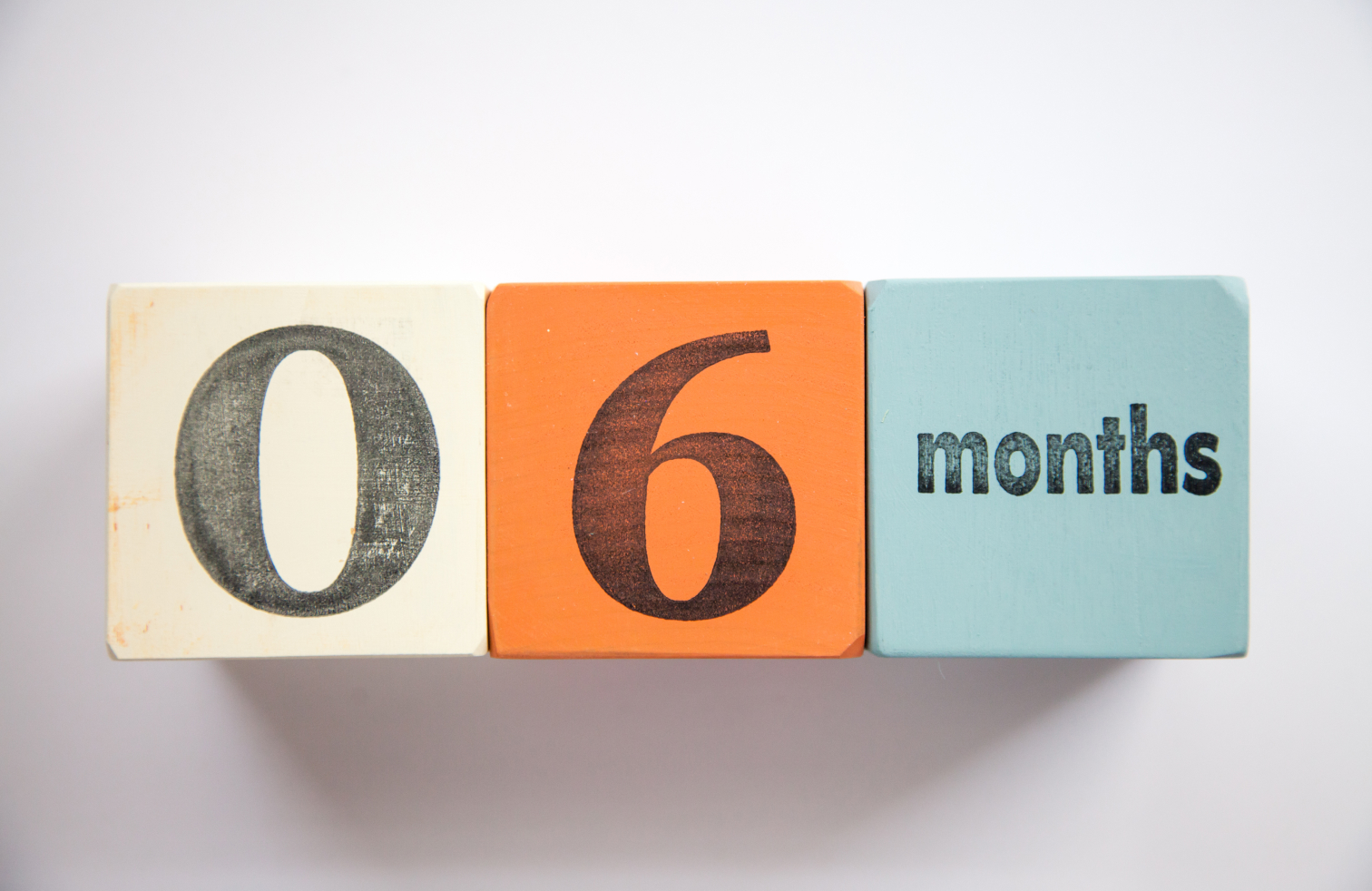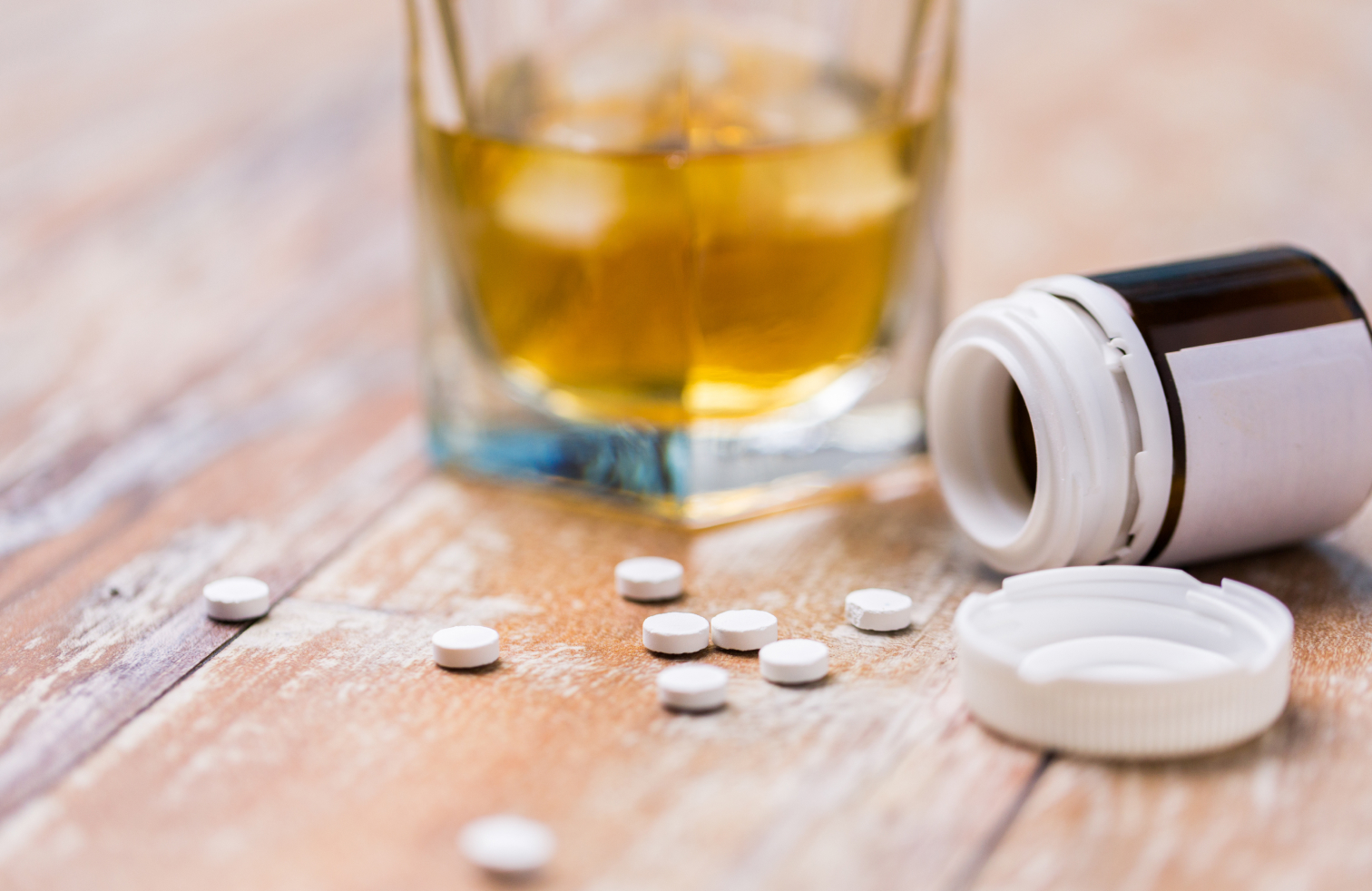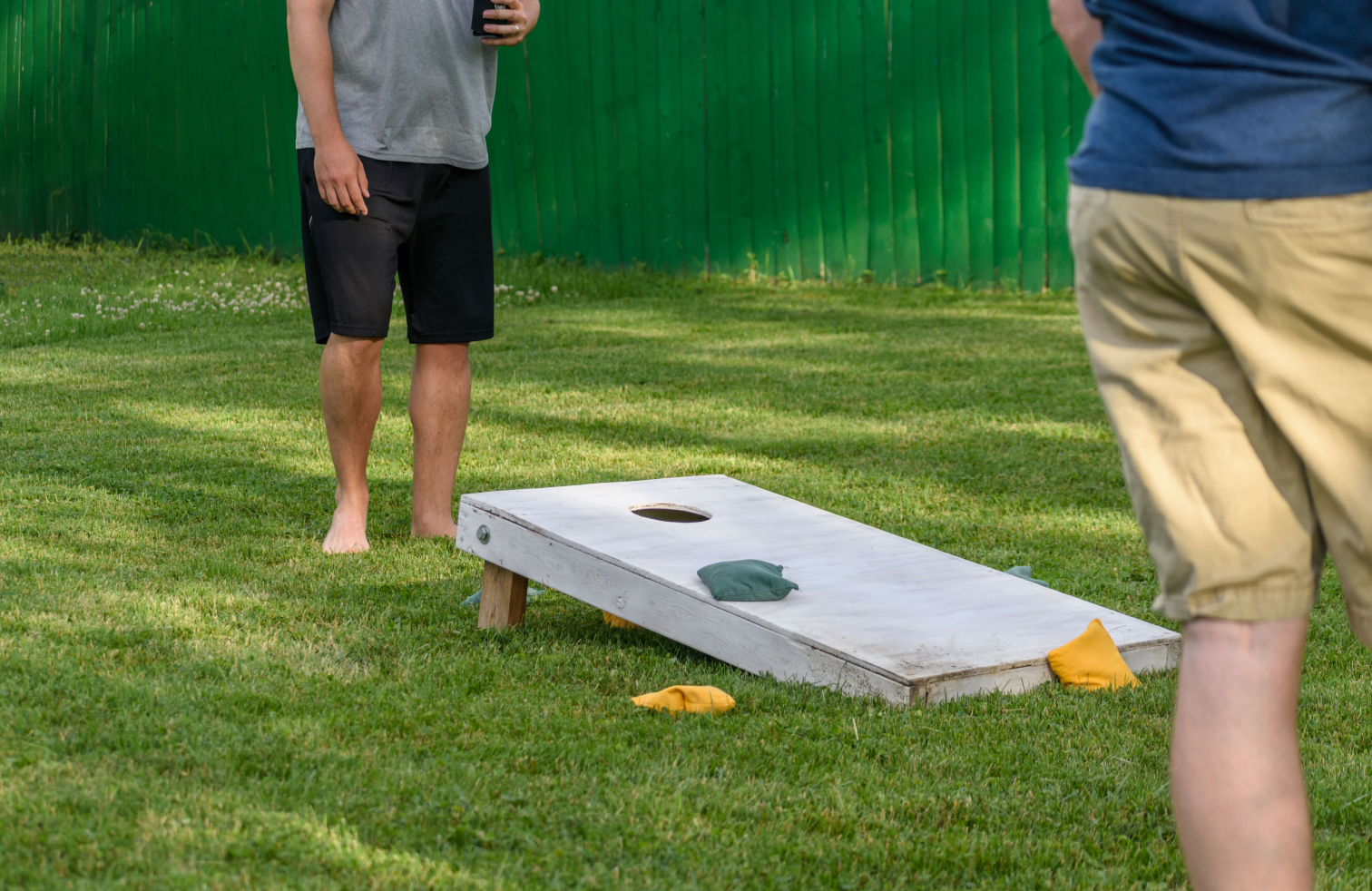If you’ve made it to six months of sobriety, congratulations! Not only is six months a major milestone, but we here at Soba Recovery know just how difficult the journey to get there is. In just six months, you have exponentially improved your quality of life through dedication and determination.
If you’re here because you want to start your recovery journey but want to know more about why choosing sobriety is beneficial, we’re here to bring you some peace of mind. Keep reading to learn more about how your body and mind benefit from sobriety, even after just six months.
Physical and Emotional Sobriety
When you are actively using, you might notice that your overall demeanor is depressed and your morale is low. You might become easily irritated and withdrawn around family and friends trying to help you. Jobs and other responsibilities might falter as you choose substances over taking care of yourself.
With sobriety comes a sort of clarity. While this clarity can be difficult to accept, as it might bring feelings of shame and guilt, it allows you to move forward. Seeing how just six months of sobriety affect you, both physically and emotionally, should be enough to motivate you to continue.
Some people like to document their sobriety journey through photos so that they can see the improvements they are making. You will look and feel better every day, no longer spending days feeling unwell or anxious. Relationships improve, and opportunities start coming your way that could benefit your mental health.
Sobriety Benefits You in More Ways Than One
Throughout the first six months of sobriety, you will have to fight your addiction and stay committed to recovery. If you think you will go through withdrawals, consider starting your journey with the detoxification process. This will allow you to start supervised and safely in a controlled environment.
As you continue your sober journey, the changes in your health and emotional well-being will become apparent. You can maintain these improvements through resilience and commitment and get back to living your best life possible.
Healthier Appearance
When you are in an active addiction, your body struggles to keep up with you. You likely cannot maintain your health due to the toxins in your body from every substance you take.
When you use alcohol, for instance, signs of premature aging can present themselves. Drugs and alcohol can also make you feel anxious, fatigued, and sore. You may lose some of your strength.
Six months into sobriety and your skin may appear healthier, with less dry skin and discoloration. Your eyes might not seem bloodshot, and the dark-colored circles under them may disappear. You may gain back some healthy weight and notice less bloating and puffiness. You might feel more like yourself again when you look in the mirror!
Relationships Improve
Addiction doesn’t just impact you. Friends and family are often at the other end of your addiction without even realizing it. Even if you think you’re hiding it, your loved ones can usually tell when something is wrong.
Substance use can strain the most important of relationships, and though being supportive and loving is a necessity, you can’t force someone to stay beside you and help you manage your pain.
With sobriety comes the opportunity to heal the wounds you’ve created with your loved ones. With a clear mind and goals, you can open conversations that may have been impossible to start while using. Trust and communication are key to maintaining sobriety, and opening up to those close to you can help with accountability.
Balanced Emotions
Drugs and alcohol are known to numb the pain you feel daily. You might want to stop feeling your feelings, but that can be incredibly unhealthy. When you become sober, you begin to feel emotions you have been suppressing with substances. It can be difficult to face, but it shows emotional maturity and balance.
This doesn’t just happen naturally for everyone; going through therapy is a great way to help you get there. Therapy is often required when entering inpatient services at a treatment facility. Even if you are in outpatient, treatment centers can help you get what you need.
You may quickly notice improved moods, less irritability, and a more positive outlook on life. Little things will no longer set you off, and if you are triggered, you can use coping skills to prevent becoming overwhelmed.
Reduced Social Anxiety
Social anxiety might be one of the reasons that you felt comfortable using substances, but they don’t go away just because you are under the influence. You might notice that your social anxiety is back when you first become sober.
You may feel worried about telling people you are sober and wonder how people perceive you if you aren’t partaking in substance use.
If the right people surround you, they won’t even think twice and will support your sobriety. Soon, you’ll notice how much more confident and comfortable you are on your own. You won’t need to hide behind substances to feel good about yourself.
Liver and Brain Damage Control
Alcohol and other substances have a really negative impact on your liver and brain. When you cut back on using substances, your body can begin to repair itself. Alcohol specifically increases the amount of fat in the liver, which can cause the liver to react abnormally. After six months, your liver can become healthier and function properly.
Substances have varying impacts on the brain. Substances can give you brain fog, lower your inhibition, and lead you to lose memories or have a false sense of reality.
Throughout the first six months, you may feel the fog lifted. Your reaction time will improve, you may have more coherent thoughts pop into your head, and your ability to communicate may become easier.
The first month of sobriety is always hard. Feelings of depression or genuine sickness might occur due to withdrawals, which might keep you from being motivated. Persevere, and you will get to the point where the withdrawals don’t exist anymore, and you can feel healthy and happy.
Better Sleep
When you cut back on alcohol, you may begin to feel improvements in your sleep. You are more likely to have deep and restorative sleep when you cut out alcohol from your life because you aren’t waking up as frequently.
Though, this doesn’t happen instantaneously. The first month of sobriety may include a lot of restless nights. Many people use alcohol to help them fall asleep, forming an unhealthy pattern. By the six-month mark, you will likely have a restored natural sleep pattern and feel much more rested.
Better sleep leads to many improvements in your life, including improved appearance, higher energy levels, and balanced moods.
Improved Focus
When you use substances, you never truly have a clear mind. By this point, many individuals claim they have a better outlook on life. People are more likely to reach their goals and maintain good habits after six months of sobriety.
Your thoughts will be clearer, and you will likely be able to communicate them better. At this point, it’s important that you focus on the next steps.
Your recovery journey doesn’t end in six months. It is a lifelong commitment that you need to make every day. Use your newfound focusing skills to make new goals so you hit the next milestone in your sobriety — one whole year.
Continued Care Is Important!
Sobriety takes hard work and dedication. No one has a perfect recovery, so don’t let any slip-ups discourage you. Use them as motivation to continue on your journey to sobriety. Individual therapy and group therapy can be great ways to continue your addiction treatment even after you’ve started to hit sobriety milestones.
With Soba Recovery Center in San Antonio, Texas, you get a personalized treatment plan that puts your needs first. We will help you hit all of your milestones and offer multiple solutions to maintain your sobriety. You may not need to stay with us inpatient or undergo detoxification again, but we have resources available to assist you.
Call today to learn more about the treatment services that we offer and how we can help you live your best sober life.
Sources:



